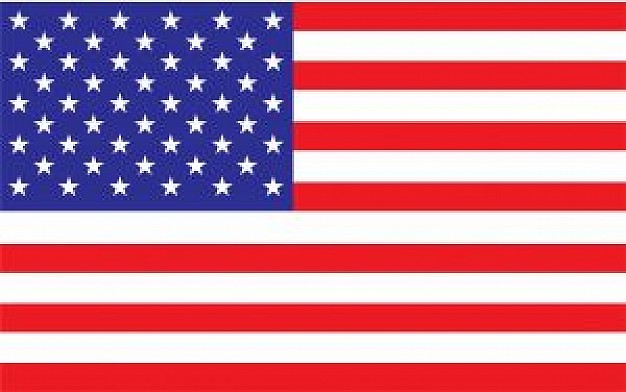Changes Tweak California Lumber Assessment
(Jan. 28, 2015) Effective Jan. 1, changes to the California Lumber Assessment now allow some dealers to no longer collect the 1% lumber tax, supposedly easing the burden for retailers who sell smaller quantities. But the new rules may actually make things more difficult.
AB 2031, approved by the state legislature last year, contained two major alterations aimed at making the assessment less onerous. First, instead of keeping $250 of the lumber tax collected to cover their costs of implementing the program, retailers would now be able to keep $735.
Second, retailers that sold less than $25,000 worth of taxable lumber would no longer have to collect the tax themselves. They can instead inform their customers to pay it directly to the California Board of Equalization when their cumulative purchases exceed $50.
The new rules, although aimed at making compliance easier, have created numerous new problems, according to Ken Dunham, head of the West Coast Lumber & Building Material Association.
Retailers opting out of the program must still chart their assessable wood products to prove their sales are under $25,000. As well, they must inform customers that they are now responsible for paying the 1% tax directly to the state.
“You can only imagine the reaction of a customer when you sell them a product and then tell them they have to file with the state and pay the uncollected assessment,” Dunham notes.
Any dealers opting out of collecting the tax can no longer take the $735 credit.
And, the Board of Equalization will have to continue monitoring and auditing all retailers, whether they’re collecting the tax themselves or not.
The new regulations and procedures for complying and opting out of the program are available at www.boe.ca.gov/lumber.



